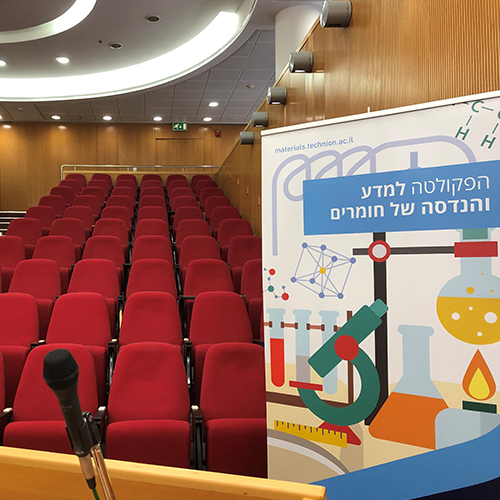
Mrs. Elena Prudnikov- PhD candidate
22/02/2024
אודיטוריום ע"ש דויד וואנג, בניין מידן, קומה 3
14:30
Superhydrophobicity is a well-known wetting phenomenon found in numerous plants and insects, and often provides organisms with additional functional properties such as self-cleaning ability, enhanced flight capability, thermal isolation and sensory capabilities. Inspired by nature, designated surface coatings have been a key fabrication route to achieve the superhydrophobicity and associated functionalities. However, numerous coatings, particularly those based on fluorine formulations, may pose significant health and environmental risks, limiting their broad applicability.
In this work, we have introduced a novel family of superhydrophobic coatings composed of natural fatty acids. These molecules, essential components of our daily diet and derived from renewable sources, provide a safe and sustainable alternative to current state-of-the-art coatings. The fatty acids autonomously organize into highly hierarchical crystalline structures, resulting in coatings with superhydrophobic properties, thermal stability, and remarkable anti-biofouling and antimicrobial defenses against various microorganisms, including bacteria and phytopathogenic fungi. These multifunctional coatings demonstrate great potential across a range of applications, from ensuring food safety to biomedical uses, offering both sustainability and safety. Moreover, this group of coatings presents a promising substitute for commonly used toxic pesticides on a global scale. Drawing inspiration from and reintroducing them into agriculture, these coatings act as passive protection against fungal infections in crops, effectively reducing significant food losses without the adverse effects associated with conventional pesticides.


